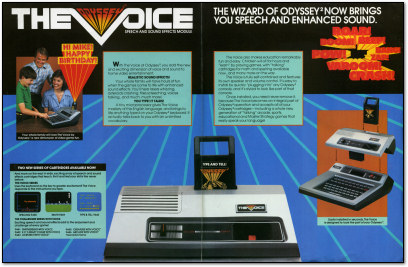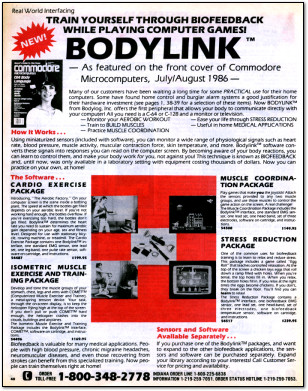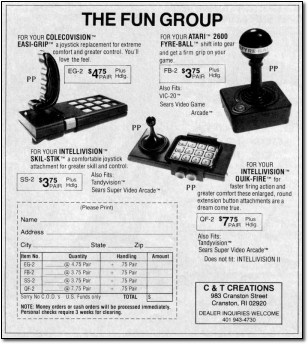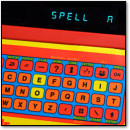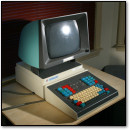[ Retro Scan of the Week ] The Super Gorilla Advantage
Monday, March 3rd, 2008It’s true: most controllers can’t stand up to the intense punishment delivered by the average Donkey Kong Country player. That’s why Asciiware created the Super Advantage joystick for the SNES. It’s built “gorilla tough” for “gorilla games.”
Woah there — don’t try using this sophisticated piece of technology on a non-gorilla game, or that tiny gorilla (pictured) will jump out of the controller and smack you. Just a warning: he goes straight for the eyes.
Discussion topic of the week: What if standard joysticks looked like this in the Atari 2600 era? How would games have been different?
If you use this image on your site, please support “Retro Scan of the Week” by giving us obvious credit for the original scan and entry. Thanks.
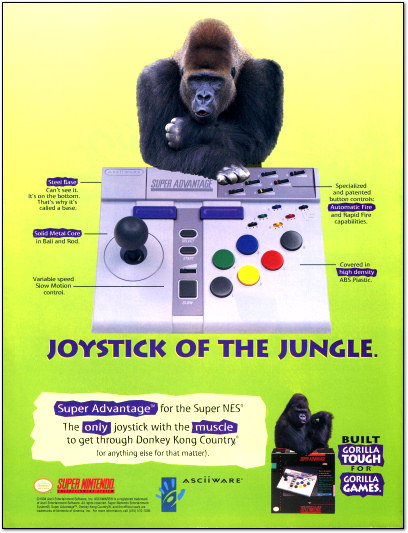
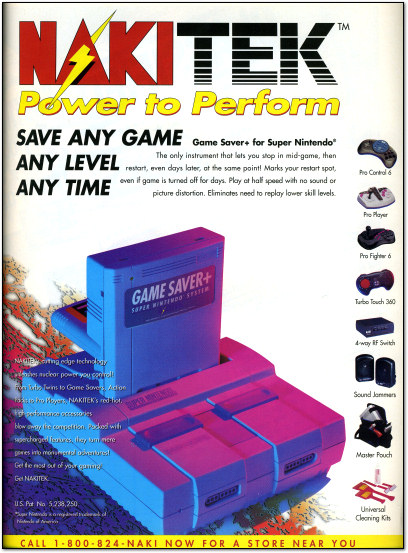
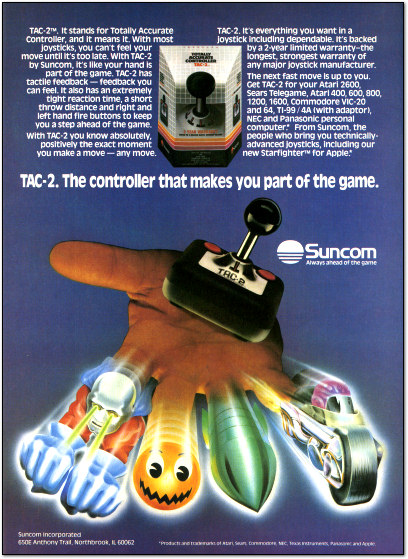
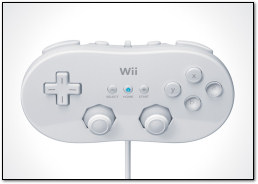 [ This is JJ Hendricks’ first contribution to VC&G. He is the author of the
[ This is JJ Hendricks’ first contribution to VC&G. He is the author of the 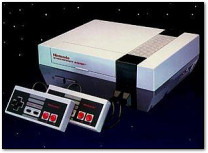 By analyzing the current market prices of every game offered on the Virtual Console service, I’ve come up with an answer. In the charts below, you’ll find an exhaustive price breakdown that compares the current market value of real cartridges to the cost of their VC counterparts. The prices for the cartridges themselves were determined by using the daily updated prices at
By analyzing the current market prices of every game offered on the Virtual Console service, I’ve come up with an answer. In the charts below, you’ll find an exhaustive price breakdown that compares the current market value of real cartridges to the cost of their VC counterparts. The prices for the cartridges themselves were determined by using the daily updated prices at 